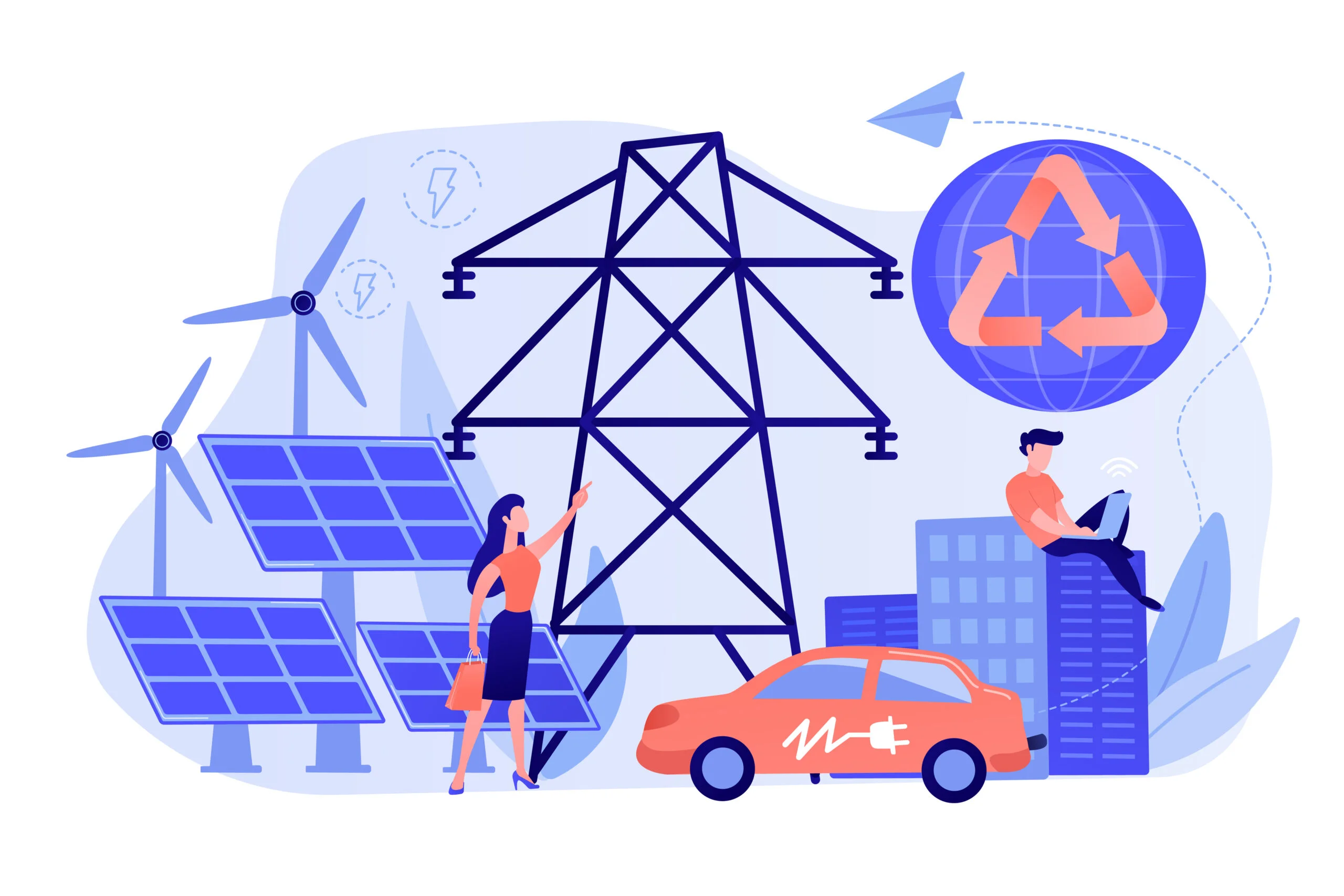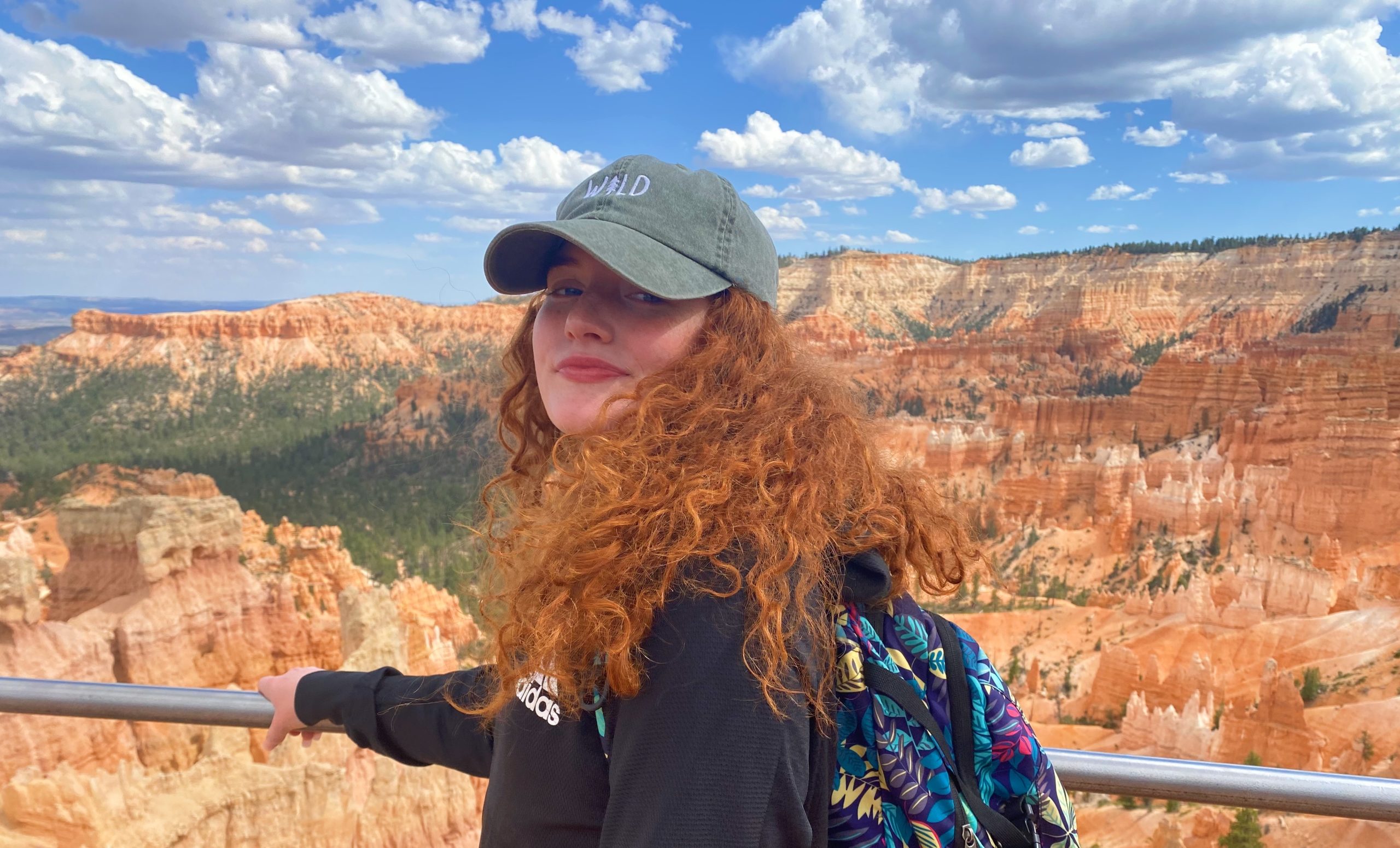As more renewable energy assets enter the global energy portfolio, utilities will have fresh opportunities to boost grid resilience, lower energy spending, and hit decarbonization goals. By accessing distributed energy resources (DERs), utilities can tap into clean, community-generated electricity through virtual power plants, managed charging programs, and more. Likewise, demand response programs can help mitigate usage during times of peak demand, further minimizing grid strain and energy costs. In order to realize these objectives, program managers need to find the right customers at the right time through concerted marketing efforts. Once willing participants are discovered, utility program landing pages and microsites become imperative resources for education and data collection, and analytics. Given that importance, what are the best steps to get started on your utility program landing page?
What is a Utility Program Landing Page?
Broadly speaking, a landing page is a powerful marketing tool that helps users to capture lead information (customer information) while educating customers on whatever is offered. For utilities, a utility program landing page will refer to any static web page that potential program participants can use to learn about your programmatic offerings and sign up.
Landing pages come in a few forms: references, transactional, or a blend of both. Reference landing pages are used for education and typically do not contain any interactive fields for data collection. By contrast, a transactional page is there to compel an action, which in turn requires the collection of some data, usually through a form. In some cases, a utility program landing page will blend both, serving both to educate and entice potential participants into signing up.
Landing Pages Vs. Microsites
As opposed to a utility program landing page, which is housed on a company’s site, microsites are focused pages often partitioned from the main website. Unlike landing pages which may feature a spectrum of information, a microsite is a highly focused information hub that both educates and collects data. Microsites are useful tools for organizations that have a variety of services to offer, by providing a unique space specifically to identify individual elements like programs.
While it would seem that landing pages and microsites are identical, they both have use cases that help define the best strategies for customer engagement. While they both educate and collect data, microsites have been proven to help raise brand awareness, while landing pages are simpler and easier to design, but typically less robust in their content leading to a quicker turnaround time for page deployment, but a potentially smaller degree of engagement. Ultimately, both are effective strategies for utilities to employ, so the decision between the two is at the discretion of the program manager.
What to Consider For Your Page
As with any marketing strategy, there are a variety of methods to consider in developing your utility program landing page. Prior to setting up any page or microsite, program managers should have selected their vendor, identified their target demographic and selected the device types for the program. With that in mind, let’s look at the next steps.
Setting Up Your Utility Program Landing Page
First, you need to have an idea of what the utility program landing page or microsite might have. Whether it’s an internal project handled by the staff at your utility or created by a third-party vendor, here are a few questions to ask before getting started:
- Is your utility program landing page or microsite brandable?
- Can you ensure that your site carries your color scheme or logos? Do you have all of the appropriate permissions to use the logos of your device partners on your site?
- Does your page or site have technical support? If so, what kind of technical support will you get?
- If you need them, do you have the appropriate call-to-action (CTA) buttons throughout your page? CTAs are important marketing tools that capture customer interest and drive engagement.
With the background mechanics out of the way, what should your page ask of your potential program participants?
Questions To Ask
What should your utility program landing page or microsite obtain from customers? Furthermore, what do you want to advertise to customers to entice them to participate? We have a few handy questions to help you set up your page:
- Explain what the program is and what requirements are necessary to qualify for enrollment. Tell customers why it matters to them, which can and likely will include cost savings, incentives, and enhanced energy security.
- Make sure to identify the device type to ensure that customers can participate. In some cases, original equipment manufacturers (OEMs) will field some of this information for you during the enrollment phase, so collaborate with them to identify your best practice here, but still, make sure to explain what’s needed to qualify.
- Feature a Q&A that fields commonly asked questions about how any program might appear for a customer including when a program might run, and how it will impact their daily routines.
- Ask for name, billing information, incentive type (if more than one type is offered), and a customer’s preferred communication method, so that you can reach out to them during events to request participation.
Include on your page information about what it means to opt-in or out of an event. Some programs require a certain amount of participation in order to qualify for the necessary incentives, so make sure that customers are aware of their expectations. Failing to inform customers of demand events can lead to poor outcomes for utilities, including less willing participation in utility programs.
Post-Sign-Up/Event
Once someone has enrolled, do you have a process in place to confirm registration? Confirmation emails are incredibly useful marketing assets that typically feature a robust open and click rate. For non-marketers, open and click rates are effective measures of success, as they illustrate direct actions taken by customers in their journey.
Measuring Success
Before we finish, it’s integral to identify how success is measured for your program and, of course, the utility program landing page or microsite. Typically, marketers look for stats that include:
- Enrollment – There is no greater measure of success than how many people are enrolling and, later, participating, in your program. The better the enrollment data, the more likely your program is to succeed. And that success may lead to scaling your program even further with time, adding value to customers and your operation alike.
- Number of applications – How many people applied for a program is a great way to gauge public interest. If the volume of applications exceeds the number of approved houses, you may consider scaling your program(s) when feasible.
- Number of approved houses – By contrast to the number of applications, the number of approved houses shows how many people signed up AND qualified.
- Open/Click Rates – As we mentioned, these rates show intent through direct customer action, and that action tells you that people are willing and active participants in your strategies.
- Pay-per-click (PPC) – In all likelihood, this statistic may not matter, as it relates specifically to the marketing practice of paying for better ad placement through various search engines or social media platforms. However, if you do pay for advertising, this is an imperative measure of how much money you’re spending for the outcome that you’re seeking (greater program enrollment).
- Traffic sources – How are people getting to your utility program landing page or microsite? Through tools like Google Analytics, program managers can determine how their information is most often located by prospective customers, and use that intelligence to evolve their marketing and communication strategies accordingly.
These are a but a few of the key metrics useful in measuring the success of your efforts. Still, since program management and upkeep come with a price tag, these tools will help keep your program on budget and, hopefully, prosperous.
Best Practices for Utility Program Landing Page Conclusion
In order to realize any program, utilities need to select the distributed energy resource management system (DERMS) technologies ideal to develop any distributed energy resource (DER) or demand flexibility strategies. Developing a landing page or microsite features a multitude of costs, and while these costs may not prove too overwhelming, any means of lowering potential fees are an integral part of establishing—and developing—any utility program. Often, landing pages and microsites are part of the package that comes along with your software provider, so consider a resource that can help ease your costs and expedite your program deployment.






